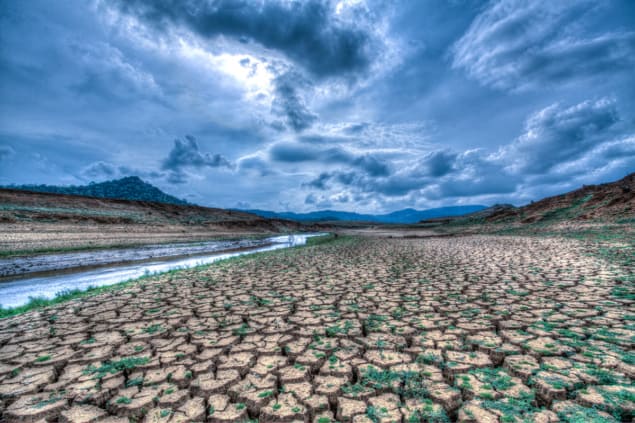
In 1972, for the first time in recorded history, China’s Yellow River ran dry. Since then the Yellow River, which is the sixth longest in the world, has dried up more than 30 times, including an episode in 1997 when the river failed to flow for 226 days, denying water to 7.4 million acres of farmland .
Drying rivers are an increasing problem across China, thanks to a combination of climate change, high population density, intensive agriculture and rapid urbanisation. Over half the nation’s 50,000 rivers have completely dried up in the last 20 years and some areas have among the most serious water scarcity problems in the world. But it isn’t all bad news: adaptive capacity is growing in many regions. Now a study maps out freshwater vulnerability across China and reveals which areas have the greatest resilience.
Olli Varis and Matti Kummu from Aalto University in Finland used open-access geospatial datasets to analyse freshwater availability across China between 1990 and 2015. They estimated ecological vulnerability using indicators such as natural hazards and water scarcity. Meanwhile, governance, economy and human development indicators revealed the adaptive capacity of different regions.
The greatest water scarcity occurs in the North China Plain, which includes a large area from the capital to the Yellow River basin, and Xinjiang, the findings showed. Very low rainfall and high population density have exerted extreme pressure on water reserves, resulting in groundwater levels dropping by several tens of metres in some areas.
“Around 450 million people live in this region and it ranks as one of the world’s most troublesome 10% in terms of water scarcity,” says Varis. However, the findings also show that greater control of water use over time has helped adaptive capacity to grow here.
Human footprint and natural hazards are greatest in the east of the country and lowest in the west, according to the results. And coastal areas have good adaptive capacity.
“Coastal regions tend to have greater wealth, high levels of education, a well-functioning governance system, and economic resources, putting them in a better position to develop their society and tackle environmental issues than regions that do not have such capacities,” says Varis, whose findings are published in Environmental Research Letters (ERL).
There has been a general trend of increasing adaptive capacity across much of China over the time period in question. The east coast has developed the strongest resilience, but strong positive trends in adaptive capacity have also been witnessed across much of the northeast, excluding Heilongjiang, and large areas in central parts of China from Inner Mongolia to Sichuan. In a parallel study, currently under review, Varis and Kummu have shown that China has improved its adaptive capacity more than many other parts of the world over this period.
But having good adaptive capacity doesn’t always translate into taking sensible action or implementing good environmental and water management practices. Add to this the additional challenges that climate change may bring – including more extreme weather and increasing natural hazards – and it is clear that China’s freshwater resources remain vulnerable. Mapping freshwater vulnerability across China and observing changes over time shows which regions require most support and the particular challenges they face.



